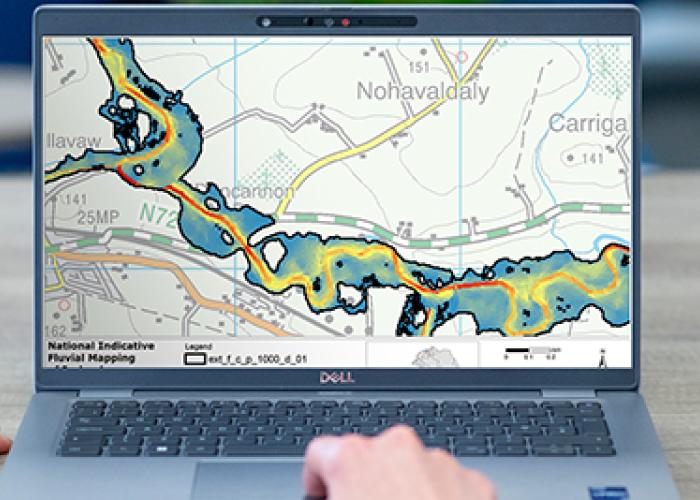
Empowering communities to manage local flood risk
As floods become more frequent and severe, more communities in the UK are facing the devastating impacts of these events. This project aims to equip local community groups with the knowledge and tools they need to play an active role in managing flood risk in their areas. It also provides risk management authorities with practical guidance on how to effectively collaborate with these groups.
From bystanders to stakeholders
Protecting individual properties from flooding is vital - but when residents come together, they can achieve much more. Many people are willing to form local groups to help manage local flood risk and protect their neighbourhoods and, with the right support, these groups can make a real difference. Community-led maintenance, when aligned with risk management authorities’ (RMAs) efforts, can significantly boost local flood resilience.
As part of this CIRIA-funded project, we are developing two sets of guidance: one for community groups, and one for RMAs. The goal is simple: make it easier for both sides to work together, safely and effectively.
Led by HR Wallingford, the project team includes experts from the National Flood Forum, Eunomia Research and Consulting, Abertay University, and the Flood Hazard Research Centre at Middlesex University.
What communities can do
The guidance for community groups outlines what kinds of maintenance activities are safe and appropriate - like clearing debris from drains or reporting blockages in watercourses. It also explains when to act, when to step back, and how to communicate with RMAs, or other relevant authorities, when faced with bigger issues. Crucially, it will also help groups to track their actions and stay coordinated.
What authorities need to know
For RMAs, the guidance offers a roadmap for collaboration. It shows how to support and empower local groups, how to build trust, and how to integrate community efforts into broader flood risk strategies, for example the routine maintenance of local flood risk management assets in relation to surface water systems and ordinary watercourses.
Building on real-world insights
We have engaged with community groups, technical experts, and stakeholders, and reviewed case studies and existing literature. This has helped identify current challenges, best practices, and opportunities for improvement.
A phased approach
The first phase of the project, completed in 2023, laid the groundwork by identifying key principles and reviewing existing policies. Phase two, now underway and set to wrap up in summer 2025, is focused on delivering the guidance documents.
Why it matters
Once published, the guidance documents will serve as a go-to resource for communities ready to take action. They will help ensure that local maintenance efforts are safe, coordinated, and effective - strengthening flood resilience and fostering stronger community ties in the process.
Want to know more?
Contact our project lead


